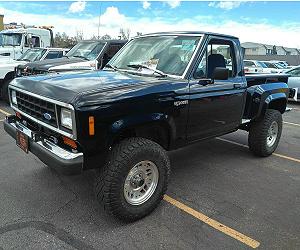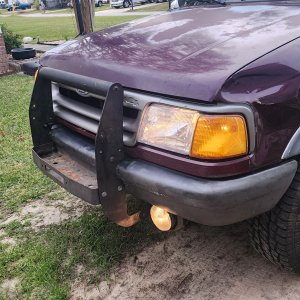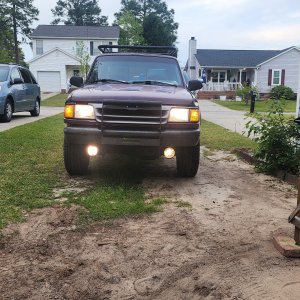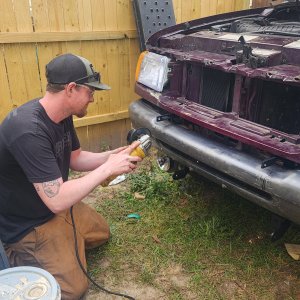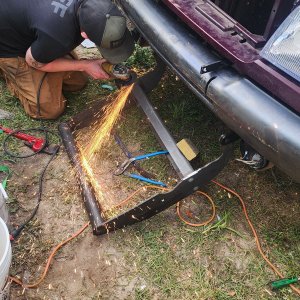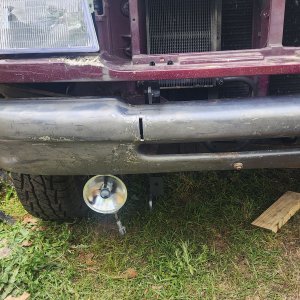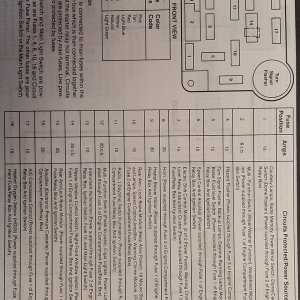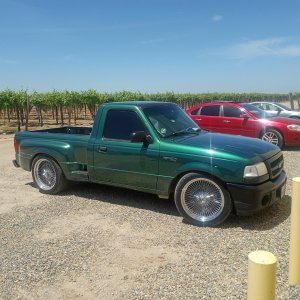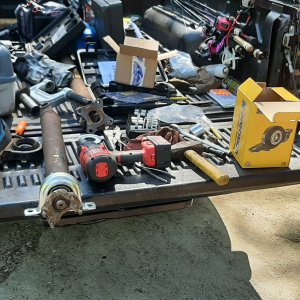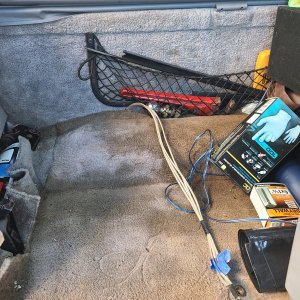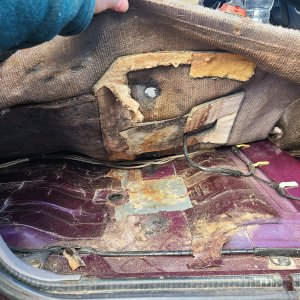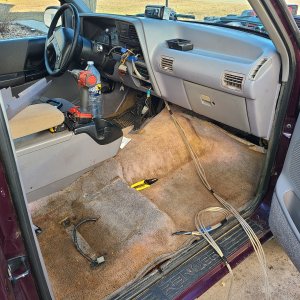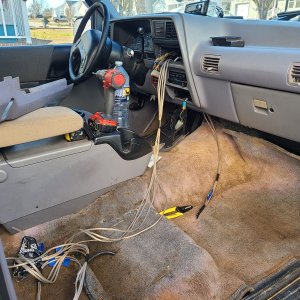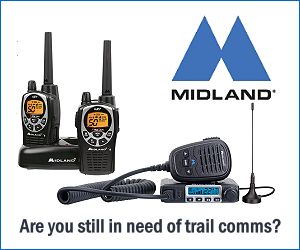- Joined
- Aug 31, 2021
- Messages
- 1,891
- Reaction score
- 974
- Points
- 113
- Location
- Roanoke VA
- Vehicle Year
- 1997 and 1999
- Make / Model
- XLT 4x4 & B3000
- Engine Type
- 4.0 V6
- Engine Size
- 4.0L in XLT, 3.0L in B3000
- Transmission
- Automatic
- 2WD / 4WD
- 4WD
- Tire Size
- 31x10.5-15 K02's on the Ranger, 235/75R15 on Mazda
- My credo
- The perfect is the enemy of the good.
If I set my pressures at 31 psi @ 70F, when I measure them at 54 they are 29 psi. If I measure them with one side in the sun on a nice day, the sunny side is 33-34 psi (the other shady side, 31).
pv=nRT the gas laws. I'll leave it to someone else to figure out if my numbers above make sense - given they are just approximate - for example if air is 54F and it was a cold night tires could be colder.
In the gas laws equation for this purpose, volume doesn't change (unlikely the tire balloons/stretches out), only temp and pressure change in a well known relationship.
The point is, you can set your pressures whatever you like in the shop in known conditions, but to really know what they are it would be necessary to measure (and set, presumably) them just before actual use. For off road this wouldn't be a big deal because you could well be airing down/up so you'd do it within the immediate conditions. For normal driving, normally you don't check them all the time, however, I think we all can agree that if you're in a summer/winter climate and you set your tires good at 20F, when it's 80F it's not going to read the same and iirc we always let air out in the spring/summer and put air back in the winter.
A friend of my dad's, who we kind of made fun of at the time for doing it, without fail walked around his car before he got in to see, do the tires look good. Turns out this is actually smart, because if you just get in and start driving on a flat or low-pressure tire when you could have just fixed/aired it at home, you pay the price in various ways. It takes just a couple seconds to check both sides. That was in the 60's, and it seems like we had a lot more flats then, but it's still a good habit.
pv=nRT the gas laws. I'll leave it to someone else to figure out if my numbers above make sense - given they are just approximate - for example if air is 54F and it was a cold night tires could be colder.
In the gas laws equation for this purpose, volume doesn't change (unlikely the tire balloons/stretches out), only temp and pressure change in a well known relationship.
The point is, you can set your pressures whatever you like in the shop in known conditions, but to really know what they are it would be necessary to measure (and set, presumably) them just before actual use. For off road this wouldn't be a big deal because you could well be airing down/up so you'd do it within the immediate conditions. For normal driving, normally you don't check them all the time, however, I think we all can agree that if you're in a summer/winter climate and you set your tires good at 20F, when it's 80F it's not going to read the same and iirc we always let air out in the spring/summer and put air back in the winter.
A friend of my dad's, who we kind of made fun of at the time for doing it, without fail walked around his car before he got in to see, do the tires look good. Turns out this is actually smart, because if you just get in and start driving on a flat or low-pressure tire when you could have just fixed/aired it at home, you pay the price in various ways. It takes just a couple seconds to check both sides. That was in the 60's, and it seems like we had a lot more flats then, but it's still a good habit.

